
Bamboo Train of Battambong: On the slow route in Cambodia
When they think of Cambodia, most people think of two things. There is the splendour of the temple complex of Angkor Wat, glowing golden in the sunset at the jungle’s edge; and then there is the regime of Pol Pot and the Khmer Rouge, the reign of terror which I still clearly remember seeing on the news in my late childhood and teenage years.
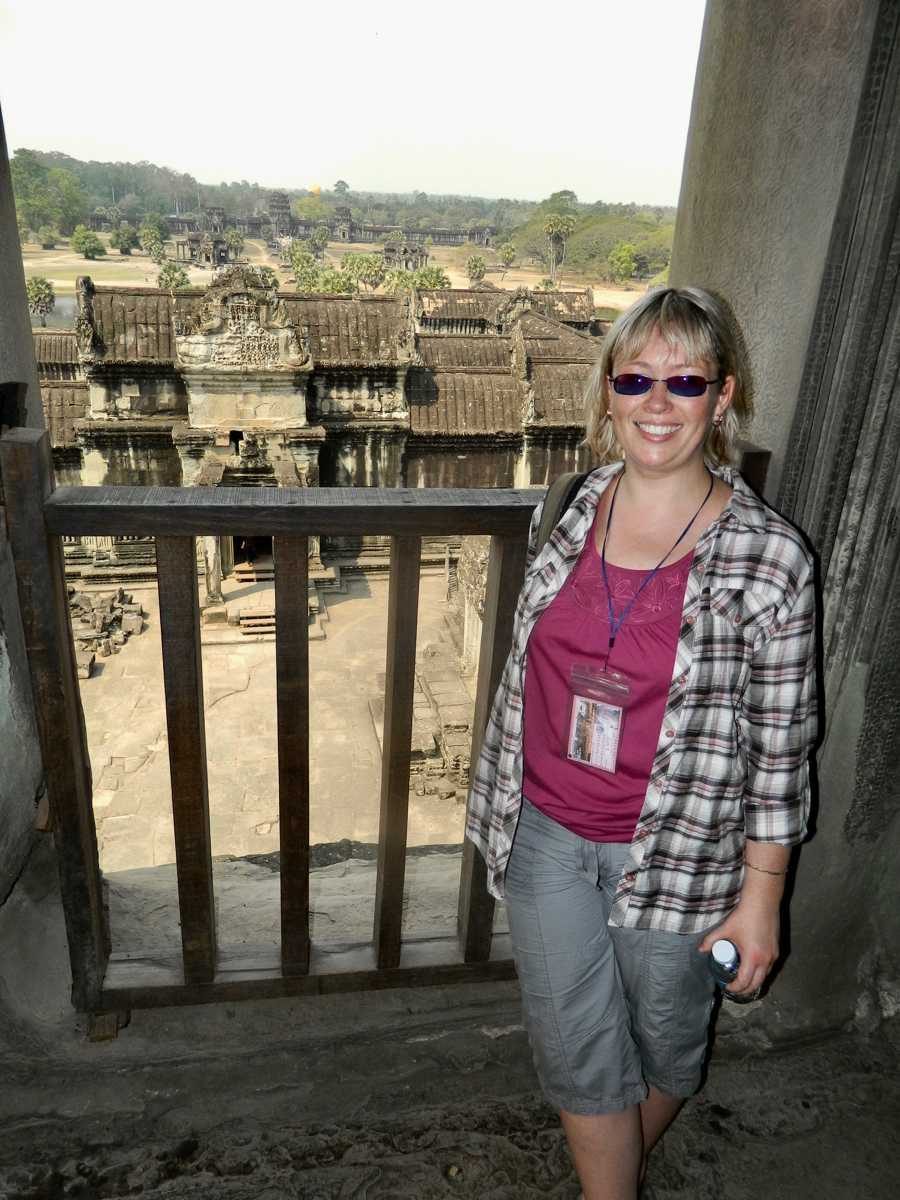
Both of these are very much a part of modern day Cambodia, at least for the visitor. I travelled there in early 2012, on a journey from Thailand through Cambodia to Vietnam, and the country left a huge impression on me. It seemed to be just starting to come into its own as a tourist destination, with the majority of the hotels still locally owned, even at the tourist mecca of Siem Reap; driving through the countryside, however, along the single carriageway main roads across the country, we were constantly entertained by the life along the roadside, where many houses are still built on stilts in the old fashion, and people work the fields as they have for generations.
Need a visa for Cambodia? Check out how to get a visa on arrival!

We covered the usual Cambodia stops: Angkor, Lake Tonle Sap, and then across to Phnom Penh and the palaces and prisons that tell both sides of Cambodia’s story. But what has stuck in my mind the most is a seemingly ordinary town: Battambang.
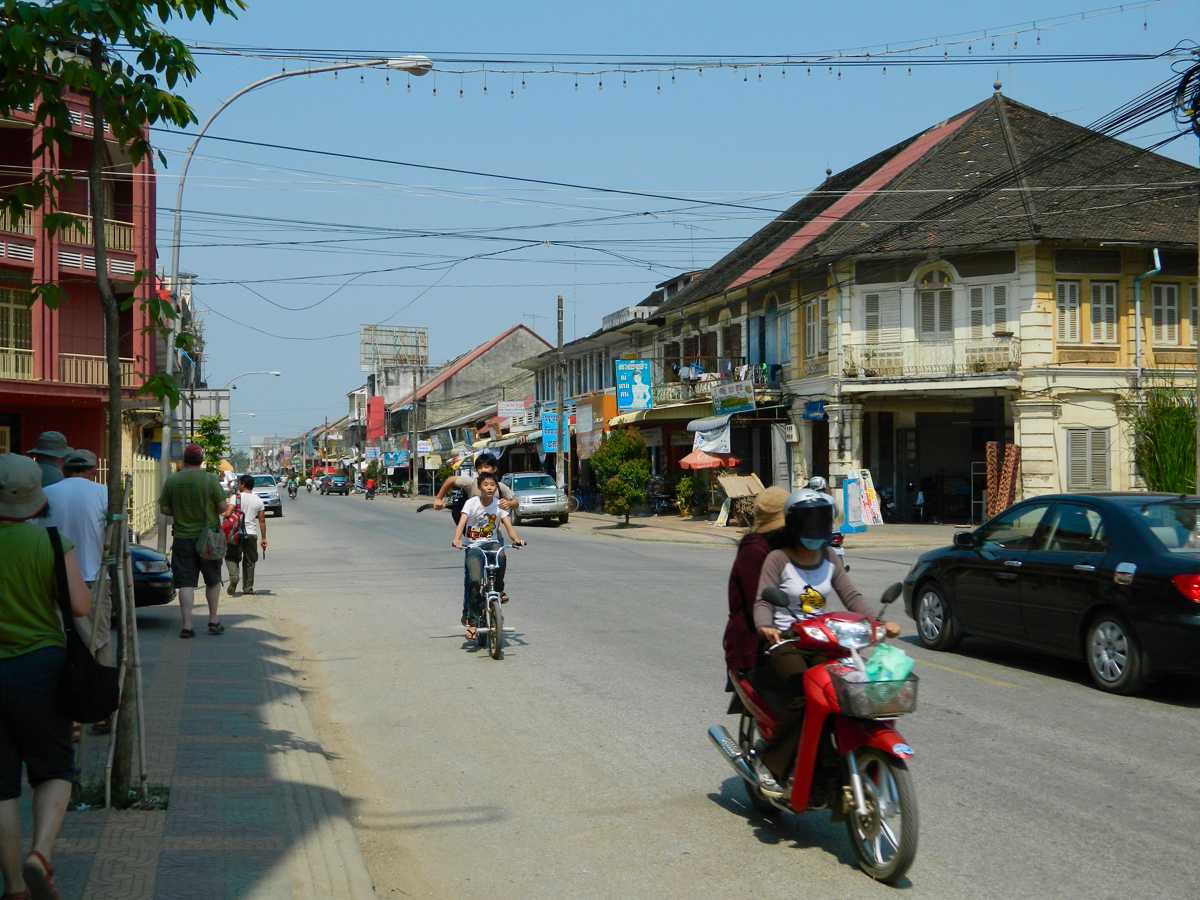
I was rather looking forward to Battambang, largely because of the name. Also written as Battambong, it sounded like one of those places you just wanted to be able to say you were in – you know, “Oh, I’m just hanging out in Battambong at the moment… yep, Battambong” – for the sheer pleasure of saying the name again and again. It’s not the most glamorous place; in fact, it is decidedly untouristy, but that was what I loved about it. I’m all for seeing the famous sights, and they are generally famous for a good reason, but I only feel like I have truly visited a country when I have seen the side of life that is normality for the people who live there. (One memorable afternoon in India I convinced half the group to come with me to a shopping mall and multiplex; we had a great time getting introduced to modern Bollywood and eating the samosa+coke mega deal from the concession stand). So Battambang fitted the bill nicely, with its local streets, lack of fancy temples, and an atmospheric market to stroll through by the river’s edge.

We were lodged in one of Battambang’s better hotels, which was an experience in itself. Our room was beautifully decked out, floor to ceiling, in light pink ceramic tiles which gave it the feel of a 19th century hospital. But no matter, it was clean and the air con worked. There were tuk-tuks outside to take us into town, and on to an alternative destination: the bamboo train.
The bamboo train was something most of our group had never heard of, although I had seen it on television and was keen to go. There is a disused railway line outside Battambang and, not wishing it to go to waste but somewhat lacking in actual trains, the locals came up with an ingenious method of constructing their own transport. Old railway bogeys have been fitted with a small engine and topped off by a raft-like structure made of bamboo, on which you sit cross-legged like a rather rickety magic carpet. The platform and engine can be lifted off the rails and repositioned facing the other way, which means these “trains” can run up and down the line to their heart’s content without needing a complicated turning mechanism.
Our group was split between several of these bamboo trains, with three of us sharing ours. The first thing to note is that bamboo matting is not the most comfortable or well-padded of seating at the best of times. Cross-legged on our mat, we set off along what appeared at first to be a straight stretch of track, but soon turned out to be considerably bumpier than we had imagined. Backsides rapidly going numb, yet feeling every jolt, we followed our companions up the line, pausing occasionally to admire the view or allow an oncoming train to be lifted off the track and carried past us.

The line has long since outlived its practical usefulness, and is now very much a tourist venture. So it is that, at the end of the line, the destination is a small village where we were quickly surrounded by children keen to try out their English and, more importantly, to sell us handicrafts and earn tips by entertaining us while we waited. But it hardly mattered. Heading back down the line the way we came, the bamboo train had sealed its status as one of the more memorable afternoons I spent in Cambodia.

Visiting Asia? Get some more inspiration for your trip!
- Fun things to do in Taipei: The ultimate Taipei bucket list!
- The farmyard in Bajawa: adventures on Flores, Indonesia
- Taipei to Taroko Gorge: Taiwan’s marble mountains
- Eagle hunter: In the mountains of Kyrgyzstan
- How to go to Busan from Seoul: Taking a Seoul to Busan day trip
- Central Asia: rebuilding a heritage
- Turkistan and Otrar: Kazakhstan’s Deep South
- Bukhara to Tashkent: Night trains in Uzbekistan
- Swimming with manta rays in the Maldives
- 5 Reasons You Will Love Taiwan


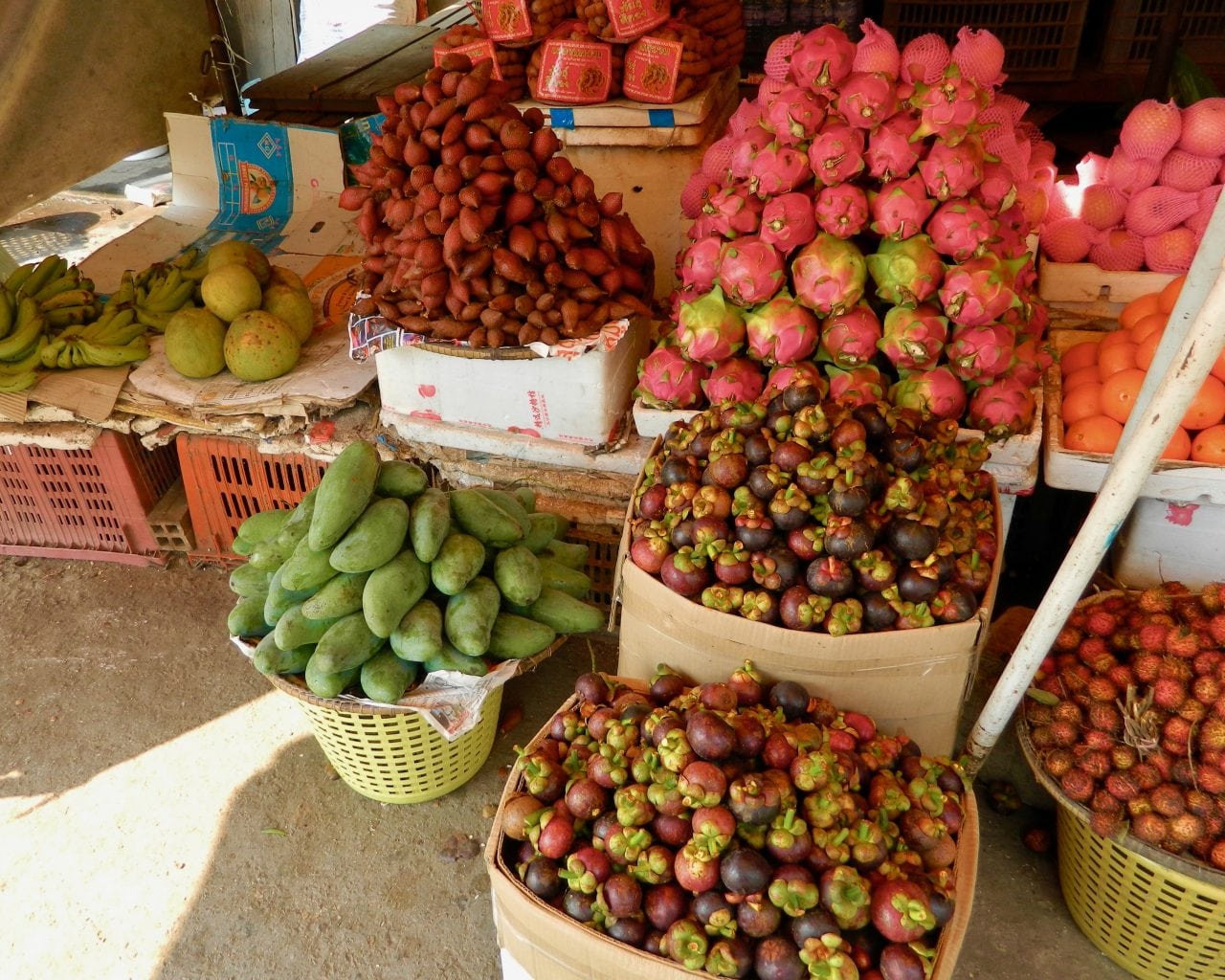
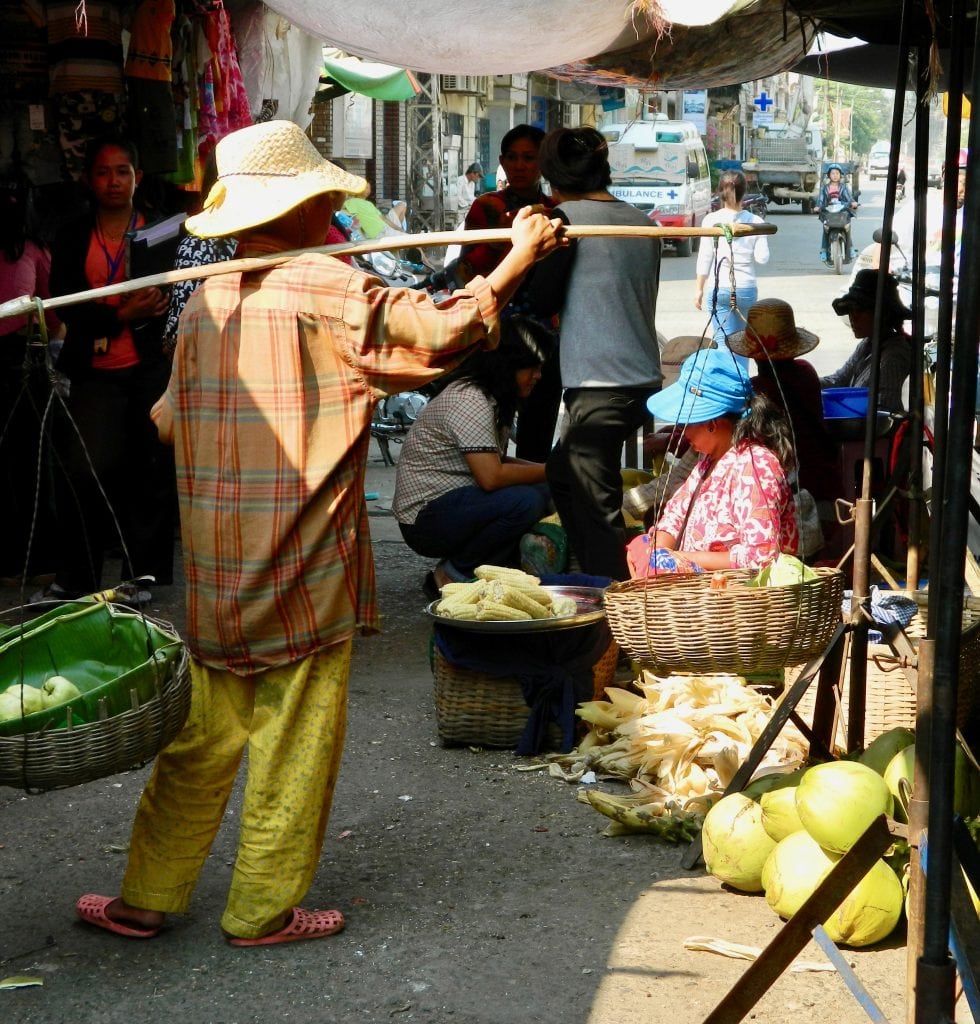
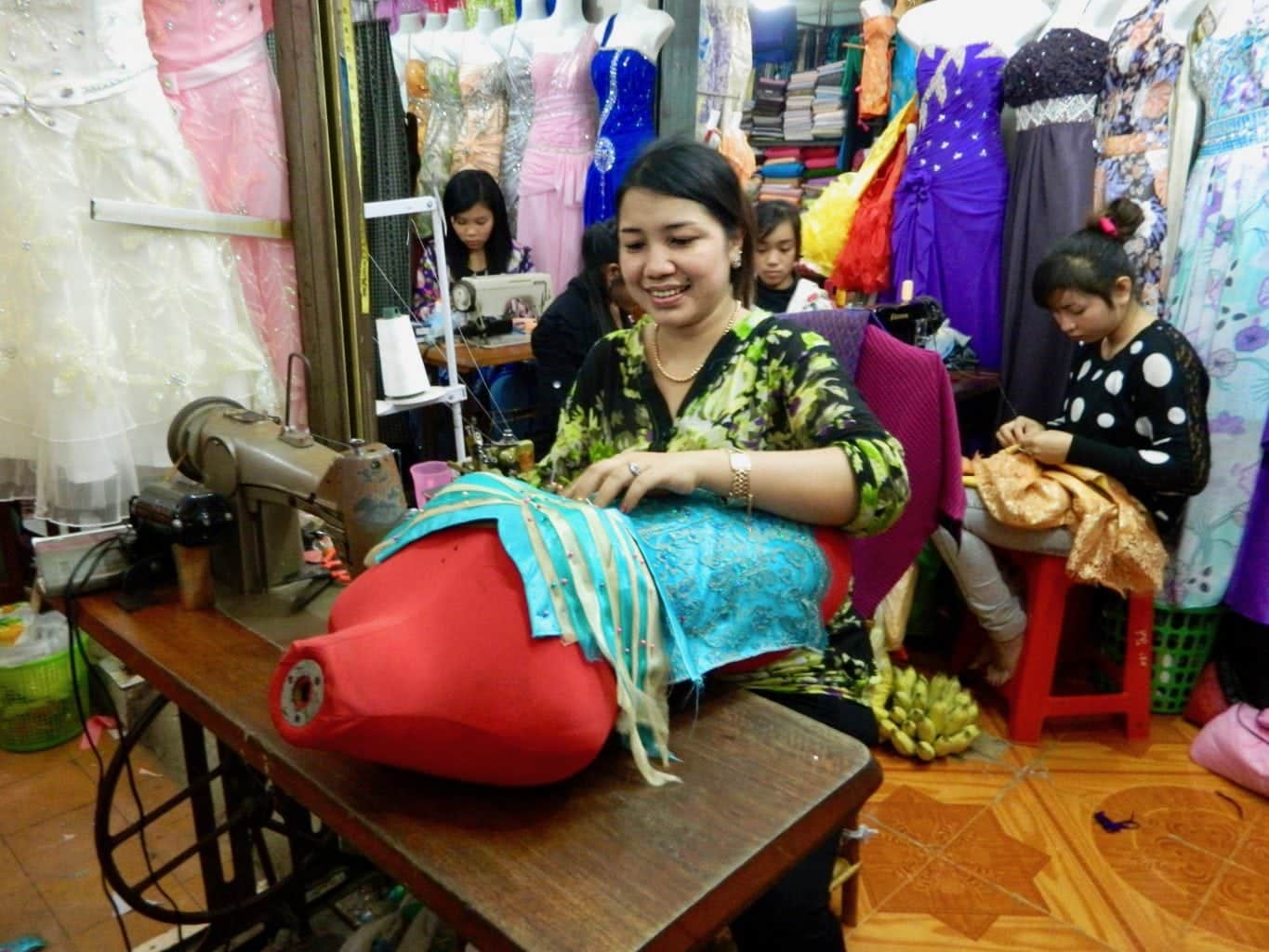
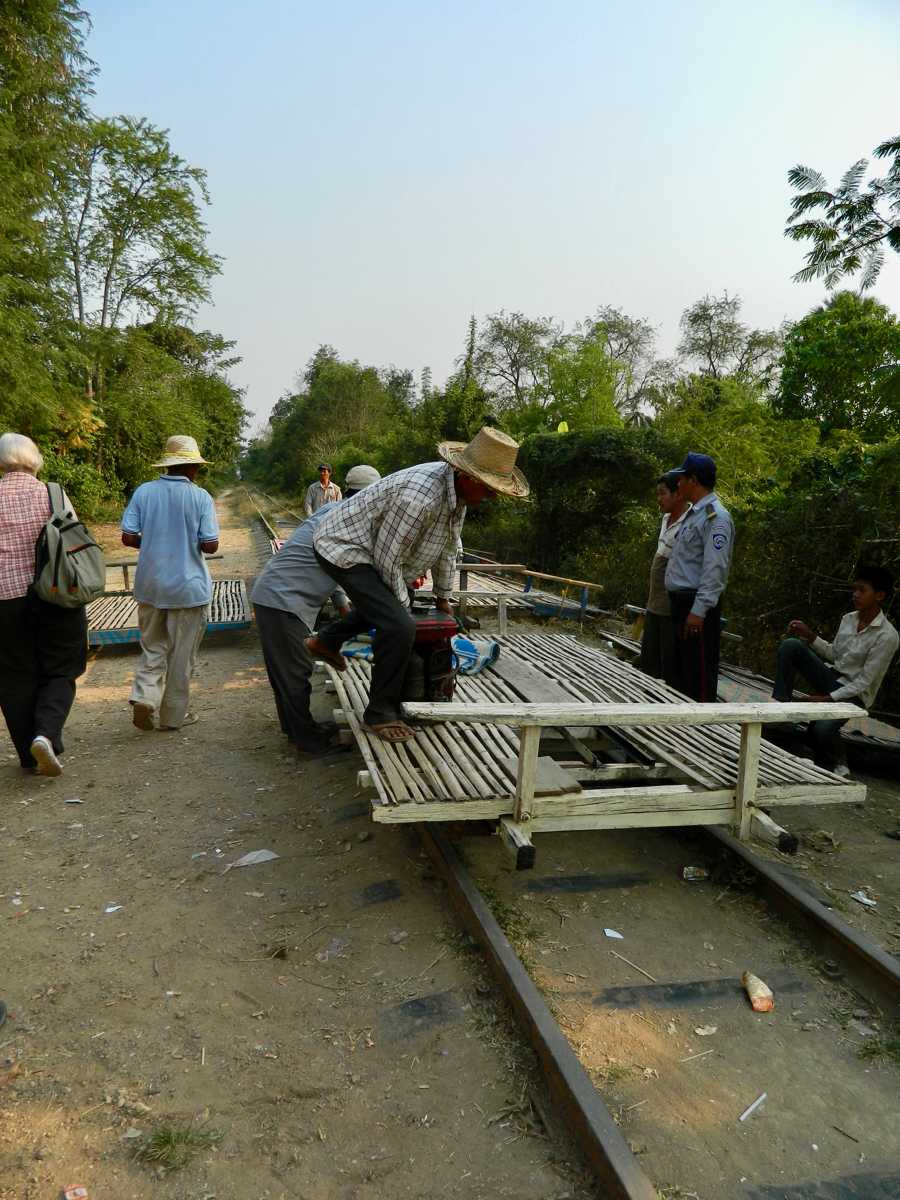
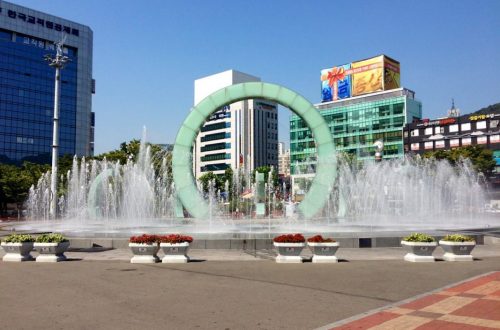

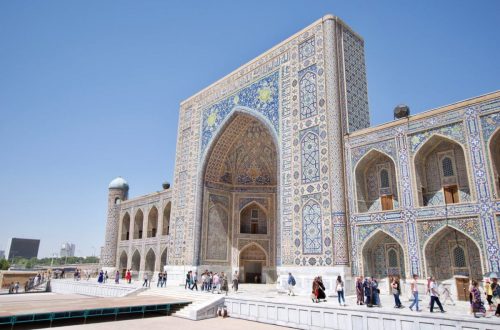
One Comment
Clazz - An Orcadian Abroad
Your photos are wonderful! I really want to ride the bamboo train, I missed out on it when we were in Cambodia!